Use this nursing care plan and management guide to help care for patients with hypospadias and epispadias. Learn about the nursing assessment, nursing interventions, goals and nursing diagnosis for hypospadias and epispadias in this guide.
What are Hypospadias and Epispadias?
Hypospadias and epispadias are congenital anomalies of the penis that result in the incomplete development of the anterior urethra. In hypospadias, the urethral opening is located along the underside of the penis, near the tip. In epispadias, the urethral opening is on the upper surface (dorsum) of the penis.
The incidence of this defect in the United States is approximately 3.2 in 1,000 live male births or about 1 in every 300 male children. The cause of this defect is unknown but is associated with genetics, low birth weights, and by race/ethnic background (more common in whites, Italians, and Jews). Chordee, an abnormal curvature of the penis, is usually linked with hypospadias. Other associated anomalies include undescended testes, an inguinal hernia, and Wilms tumor.
The goal of treatment of this anomaly is to reconstruct a straight penis with a meatus close to the normal anatomic location. Usually, surgical repair is recommended to be done in the early year of life to prevent psychological trauma. Currently, the recommended age for urethroplasty (hypospadias/epispadias repair) is between 3 to 12 months of age, and for orthoplasty (chordee repair) is during the first year of the child.
Nursing Care Plans and Management
Nursing care plan and management for a child with hypospadias or epispadias include improving the child’s physical appearance, ensuring a positive body image, providing relief of pain and discomfort, decreasing parental anxiety, and absence of complications (bleeding, infection, catheter obstruction, and sexual dysfunction).
Nursing Problem Priorities
The following are the nursing priorities for patients with hypospadias and epispadias:
- Hypospadias nursing priorities:
- Assess and manage pain
- Promote wound healing and infection prevention
- Provide education on postoperative care and hygiene
- Support the child and family emotionally throughout the surgical and recovery process.
- Epispadias nursing priorities:
- Assist with preoperative preparation and postoperative care
- Manage pain and discomfort
- Promote urinary continence
- Provide education on bladder management and hygiene
- Offer emotional support to the child and family during the treatment journey.
Nursing Assessment
Assess for the following subjective and objective data:
Nursing Diagnosis
Following a thorough assessment, a nursing diagnosis is formulated to specifically address the challenges associated with hypospadias and epispadias based on the nurse’s clinical judgment and understanding of the patient’s unique health condition. While nursing diagnoses serve as a framework for organizing care, their usefulness may vary in different clinical situations. In real-life clinical settings, it is important to note that the use of specific nursing diagnostic labels may not be as prominent or commonly utilized as other components of the care plan. It is ultimately the nurse’s clinical expertise and judgment that shape the care plan to meet the unique needs of each patient, prioritizing their health concerns and priorities.
Nursing Goals
Goals and expected outcomes may include:
- The child will experience decreased pain as evidenced by infrequent crying episodes and exhibit a normal sleeping pattern.
- The child will experience improved urinary elimination.
- The parent will experience less anxiety.
- The child will remain free from infection as evidenced by a clean and intact wound without redness, edema, odor, or drainage and negative urine culture.
Nursing Interventions and Actions
Therapeutic interventions and nursing actions for patients with hypospadias and epispadias may include:
1. Managing Postoperative Acute Pain
Patients with hypospadias and epispadias may experience pain and discomfort related to their condition. Pain can occur during urination, as the abnormal positioning of the urethral opening may cause stinging or burning sensations. Surgical interventions to correct hypospadias or epispadias can also result in postoperative pain, which may require appropriate pain management strategies for relief and comfort.
1. Assess the location, characteristics, onset, duration, frequency, location, and severity of the pain; Observe for verbal and nonverbal cues.
Provides data about the description of pain which can be used as a guideline for analgesic therapy.
2. Encourage the use of non-pharmacological pain management strategies such as distraction techniques, relaxation exercises, and guided imagery.
Promotes rest and refocus attention thus decreasing discomfort.
3. Apply ice compress as indicated.
Relieves pain and decreases edema.
4. Administer analgesic (e.g., Tylenol) as ordered.
Lessens pain and promotes rest which reduces stimuli and pain.
5. Educate parents that medications will prevent pain and restlessness and allow for healing.
Provides information about the need for pain medications for the child’s comfort.
6. Maintain a position of comfort; Properly set the catheter to avoid tension and kinking.
Promotes comfort and avoids pain due to pulling on or manipulating the catheter.
2. Restoring Urinary Function and Promoting Effective Urinary Elimination
In patients with hypospadias and epispadias, the urinary function may be affected due to the abnormal positioning of the urethral opening. This can lead to difficulties in directing the urine stream and potential urinary leakage. Urinary elimination may require adaptations or surgical interventions to ensure proper voiding and to prevent complications such as urinary incontinence or urinary tract infections.
1. Record input and output; Assess the voiding stream, color, and amount of urine on the first flow of urine and each succeeding void.
Provides data on the voiding pattern after clamping or removal of the catheter.
2. Assess for pain, abdominal distention, and inability to void for 8 hours after catheterization.
Indicates urinary dysfunction and possible obstruction or continuing edema of the meatus.
3. Encourage high fluid intake after the catheter is removed, and offer the favored choice of liquids hourly.
Maintain hydration and free flowing of urine.
4. Support the child after the catheter is removed and provide privacy for voiding.
Avoids embarrassment on the part of an older child.
5. Instruct parents to notify the physician of changes in the urinary pattern or inability to void.
Allows for early intervention to avoid further complications.
3. Preventing Infections
Patients with hypospadias and epispadias are prone to urinary tract infections (UTIs) due to the abnormal positioning of the urethral opening, which can increase the risk of bacterial entry into the urinary system. It is important to educate patients and their families about the signs and symptoms of UTIs, promote good hygiene practices, and encourage adequate fluid intake to reduce the risk of infection.
1. Assess the wound for redness, swelling, and drainage on the dressing.
Provides information on the presence of infection or impaired healing.
2. Observe the catheter insertion site for redness, irritation, and swelling; Monitor urine in the catheter bag for cloudiness, foul odor, and sediment.
Indicates infectious process at the catheter site or in the urinary bladder.
3. Note the urinary output of at least 1 ml/kg/hr and report if less.
Indicates that catheter obstruction may be present with urinary retention which results in infection.
4. Obtain urine specimen for culture and sensitivities as indicated.
Determines the specific organism and sensitivity to the antibiotic.
5. Encourage to increase fluid intake according to age needs.
Promotes dilution of urine to prevent urinary infection and after the catheter is removed will encourage voiding.
6. Apply sterile technique during dressing changes, catheter care, or draining urine bags.
Prevents contamination by introducing organisms into sterile wounds or cavities.
7. Maintain the catheter and collection bag below the level of the bladder and a closed drainage system free of kinks in the tubing then maintains the catheter and collection bag—marked in red.
Provides information that will enhance understanding of the defect to relieve anxiety.
8. Reinforce dressing as needed, and secure the catheter to the penis with dressing and tape, and to the leg or abdomen with tape.
Promotes comfort and prevents infection and catheter displacement.
9. Immobilize arms and legs with restraints, remove periodically; use a bed cradle following surgery.
Prevents accidental removal of catheter or contamination of wound if surgical correction is done for a more severe defect.
10. Inform parents to avoid allowing the child to straddle toys, play in a sandbox, swim, or engage in rough activities until advised by the physician.
Prevents trauma to or dislodging of catheter or infection.
11. Teach parents to sponge bathe the child and use loose-fitting clothing, disallowing the contact of feces with the wound, and instruct in cleansing after each bowel elimination.
Promotes cleanliness and comfort without constriction.
12. Educate parents on the signs and symptoms of infection.
Provides information about the need to report immediately for early management.
13. Teach parents about catheter care, irrigation, emptying of urine bag or using a diaper for urine drainage, and securing the catheter with tape; provide a time for return demonstration.
Provides knowledge and skill in caring and maintaining patency for catheter as the child may go home with a catheter or stent in place.
4. Reducing Anxiety
Patients with hypospadias and epispadias may experience anxiety due to the uncertainty and stress associated with undergoing surgery and the potential impact on their body image and sexual function. The diagnosis and treatment of these conditions may also involve discussions about sensitive topics such as sexuality, which can contribute to feelings of anxiety and discomfort.
Assess the source and level of anxiety and the need for information that will relieve anxiety.
Provides information about anxiety level and need to relieve it; concerns include the type of procedure and appearance of the penis after surgery; whether the penis will be sexually adequate; the possibility that correction may need to be done in stages if the child is old enough; fear of castration and change in body image.
Encourage verbalization of concerns and allow time for parents and child to ask
questions about condition, procedures, and recovery.
Provides an opportunity to vent feelings and fears and a secure environment.
Encourage parents to stay with the child during hospitalizations and to assist in care.
Allows parents to participate in the care of the child and continue the parental role.
Provide parents with an opportunity to make decisions on care and common routines.
Allows for control over situations and maintains familiar routines for care.
Answer questions calmly and honestly; use pictures, drawings, and models for information.
Promotes better understanding, trust, and a calm, supportive environment.
Inform parents regarding the type, and purpose of surgery, the appearance of the penis post op and cosmetic results to expect; inform the older child that the penis will not be cut off and that procedure is not a form of punishment.
Provides rationale for surgery which includes voiding in a standing position with the ability to direct stream, improve the appearance of the penis and preserve self-image, and develop a sexually adequate penis.
Inform parents of the cause of the defect, and the extent of the defect to be corrected, whether a mild defect or severe defect, that correction is best done between 3 to 9 months, placement of meatus on the penis, and the possible number of procedures necessary to correct the defect.
Provides information that will enhance understanding of the defect to relieve anxiety.
Teach parents about postoperative care (indwelling meatal or suprapubic
catheter or stents will be in place; restraints may be in place; medications will be administered to control pain and promote sedation.
Provides information about postoperative care and what to expect following surgery.
Teach parents relaxation techniques.
Decreases anxiety and promotes the ability to provide calm and parental care.
Reassure parents and child that defect or surgery will not compromise sexual activity and will not affect reproductive ability.
Relieves anxiety produced by fear caused by misinformation.
Recommended Resources
Recommended nursing diagnosis and nursing care plan books and resources.
Disclosure: Included below are affiliate links from Amazon at no additional cost from you. We may earn a small commission from your purchase. For more information, check out our privacy policy.
Ackley and Ladwig’s Nursing Diagnosis Handbook: An Evidence-Based Guide to Planning Care
We love this book because of its evidence-based approach to nursing interventions. This care plan handbook uses an easy, three-step system to guide you through client assessment, nursing diagnosis, and care planning. Includes step-by-step instructions showing how to implement care and evaluate outcomes, and help you build skills in diagnostic reasoning and critical thinking.

Nursing Care Plans – Nursing Diagnosis & Intervention (10th Edition)
Includes over two hundred care plans that reflect the most recent evidence-based guidelines. New to this edition are ICNP diagnoses, care plans on LGBTQ health issues, and on electrolytes and acid-base balance.

Nurse’s Pocket Guide: Diagnoses, Prioritized Interventions, and Rationales
Quick-reference tool includes all you need to identify the correct diagnoses for efficient patient care planning. The sixteenth edition includes the most recent nursing diagnoses and interventions and an alphabetized listing of nursing diagnoses covering more than 400 disorders.

Nursing Diagnosis Manual: Planning, Individualizing, and Documenting Client Care
Identify interventions to plan, individualize, and document care for more than 800 diseases and disorders. Only in the Nursing Diagnosis Manual will you find for each diagnosis subjectively and objectively – sample clinical applications, prioritized action/interventions with rationales – a documentation section, and much more!

All-in-One Nursing Care Planning Resource – E-Book: Medical-Surgical, Pediatric, Maternity, and Psychiatric-Mental Health
Includes over 100 care plans for medical-surgical, maternity/OB, pediatrics, and psychiatric and mental health. Interprofessional “patient problems” focus familiarizes you with how to speak to patients.

See also
Other recommended site resources for this nursing care plan:
- Nursing Care Plans (NCP): Ultimate Guide and Database MUST READ!
Over 150+ nursing care plans for different diseases and conditions. Includes our easy-to-follow guide on how to create nursing care plans from scratch. - Nursing Diagnosis Guide and List: All You Need to Know to Master Diagnosing
Our comprehensive guide on how to create and write diagnostic labels. Includes detailed nursing care plan guides for common nursing diagnostic labels.
Other nursing care plans for pediatric conditions and diseases:
- Acute Glomerulonephritis | 4 Care Plans
- Acute Rheumatic Fever | 4 Care Plans
- Apnea | 4 Care Plans
- Brain Tumor | 3 Care Plans
- Bronchiolitis | 5 Care Plans
- Cardiac Catheterization | 4 Care Plans
- Cerebral Palsy | 7 Care Plans
- Child Abuse | 4 Care Plans
- Cleft Lip and Cleft Palate | 7 Care Plans
- Congenital Heart Disease | 5 Care Plans
- Congenital Hip Dysplasia | 4 Care Plans
- Croup Syndrome | 5 Care Plans
- Cryptorchidism (Undescended Testes) | 3 Care Plans
- Cystic Fibrosis | 5 Care Plans
- Diabetes Mellitus Type 1 (Juvenile Diabetes) | 4 Care Plans
- Dying Child | 4 Care Plans
- Epiglottitis | 5 Care Plans
- Febrile Seizure | 4 Care Plans
- Guillain-Barre Syndrome | 6 Care Plans
- Hospitalized Child | 5 Care Plans
- Hydrocephalus | 5 Care Plans
- Hypospadias and Epispadias | 4 Care Plans
- Intussusception | 3 Care Plans
- Juvenile Rheumatoid Arthritis | 4 Care Plans
- Kawasaki Disease | 6 Care Plans
- Meningitis | 7 Care Plans
- Nephrotic Syndrome | 5 Care Plans
- Osteogenic Sarcoma (Osteosarcoma) | 4 Care Plans
- Otitis Media | 4 Care Plans
- Scoliosis | 4 Care Plans
- Spina Bifida | 7 Care Plans
- Tonsillitis and Adenoiditis | 4 Care Plans
- Umbilical and Inguinal Hernia | 4 Care Plans
- Vesicoureteral Reflux (VUR) | 5 Care Plans
- Wilms Tumor (Nephroblastoma) | 4 Care Plans

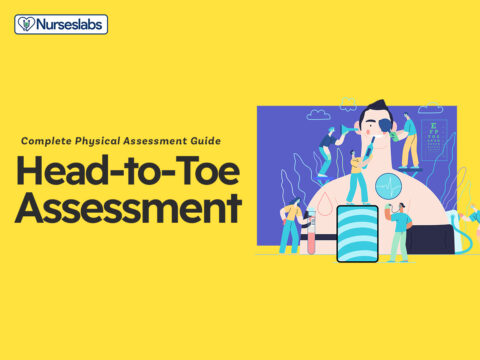
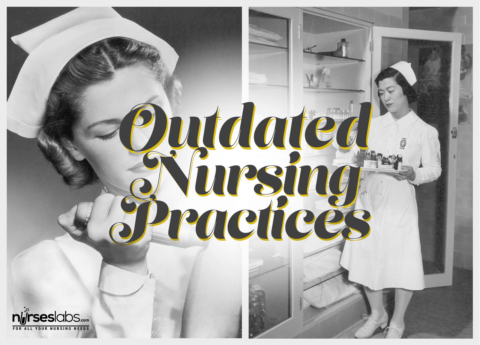
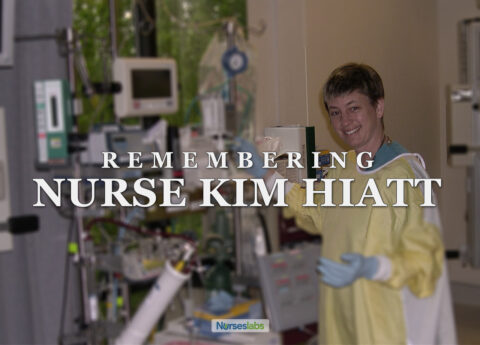
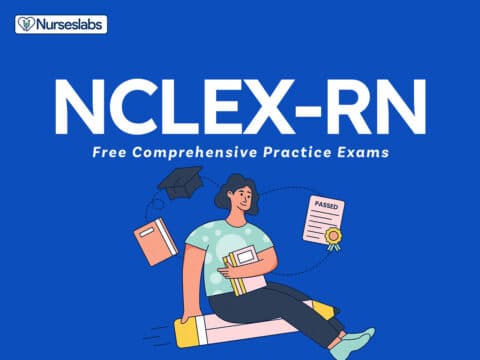
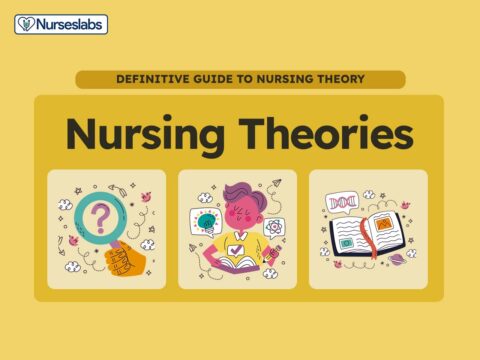



















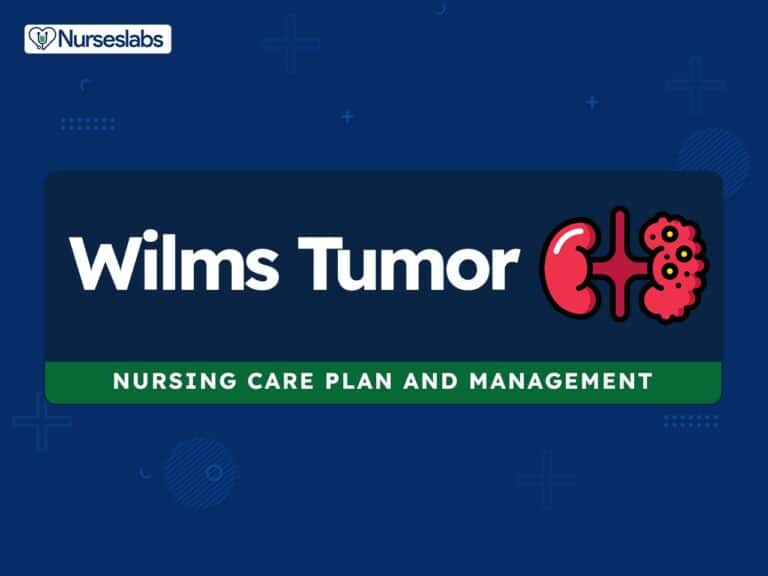

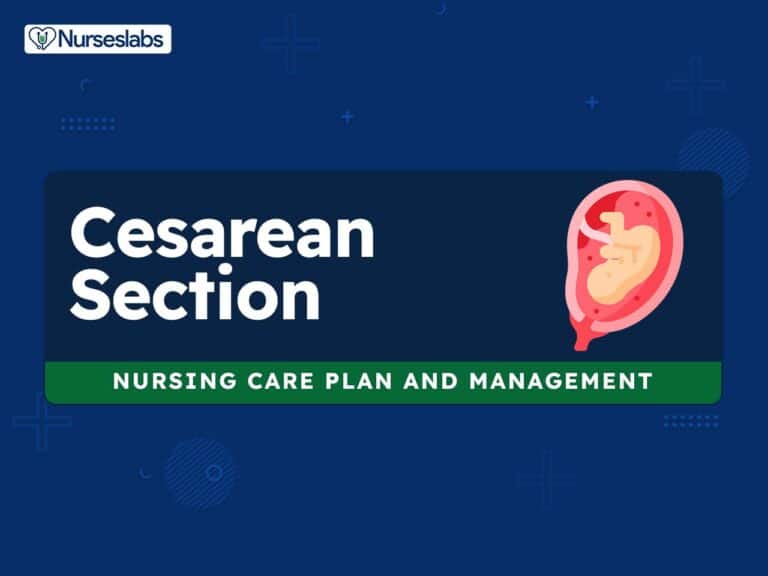
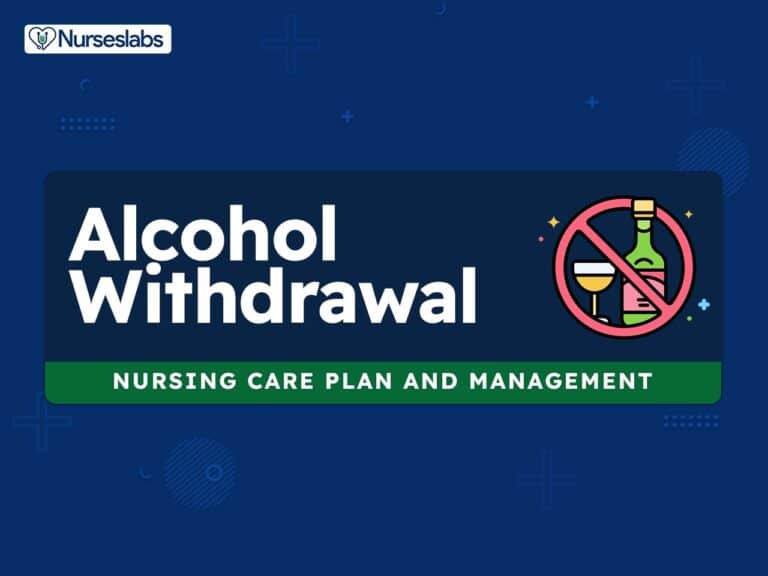
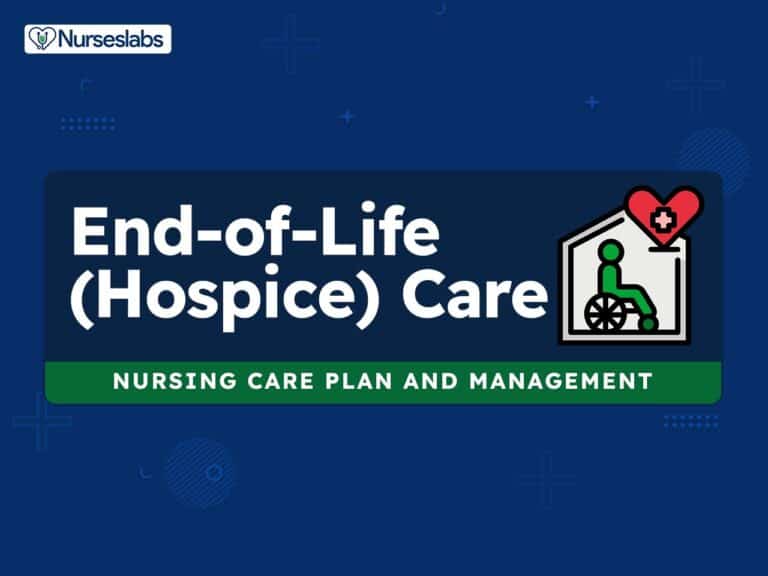
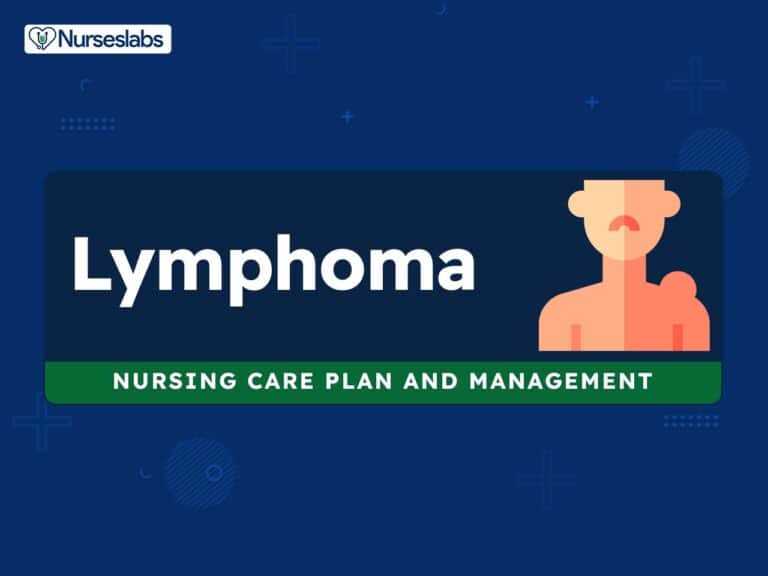
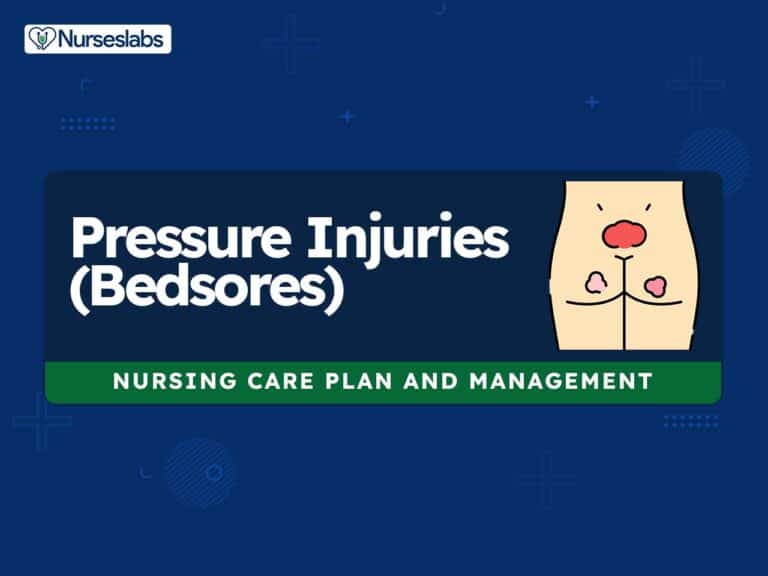
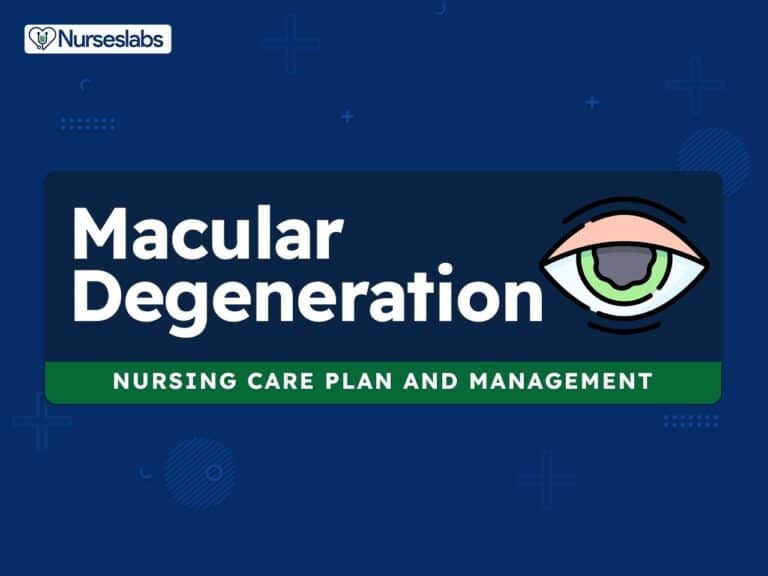
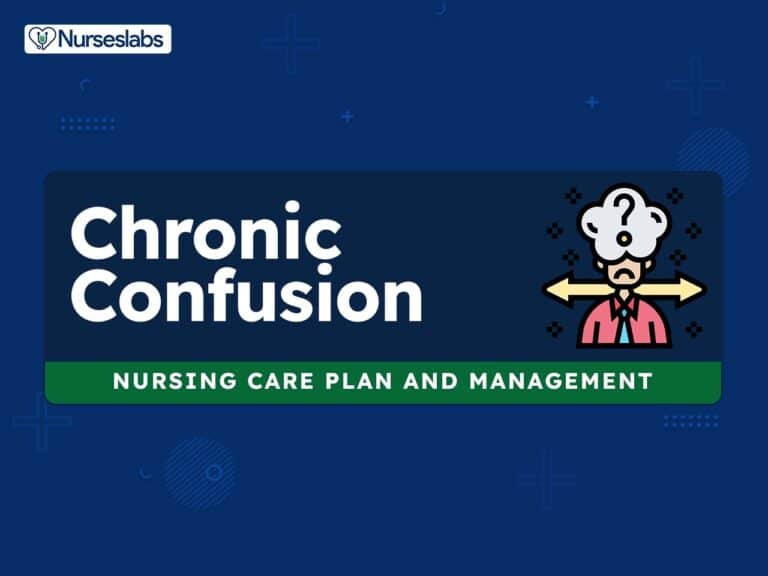
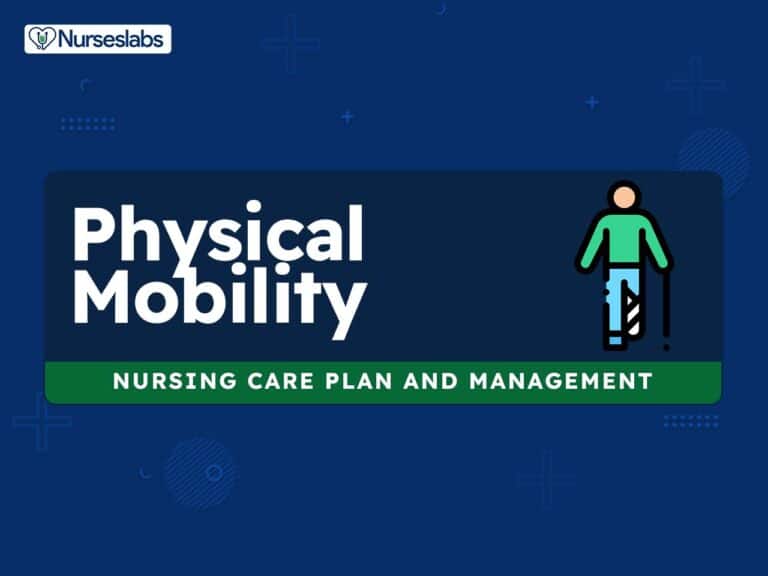
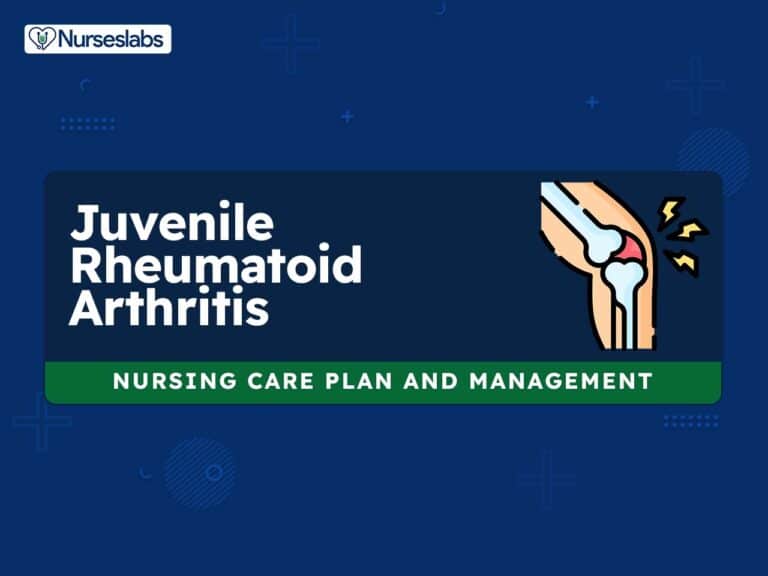
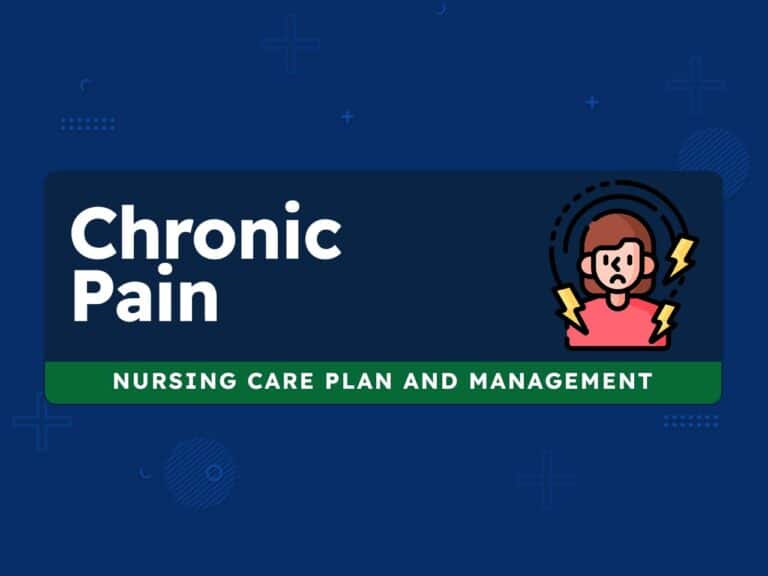
Leave a Comment